DSLRs Guide
Image Sensor Type
The image sensor is responsible for capturing the light and converting it into a digital image, so it plays a significant role in determining the overall image quality. There are two main types of sensors: Full Frame and APS-C.
Full Frame sensors are larger and generally offer better image quality and low light performance. They have a larger surface area, which allows for better light gathering capabilities and higher dynamic range. Some excellent Full Frame DSLR options to consider are the Canon EOS 5D Mark IV and the Nikon D850. Both of these cameras feature a Full Frame sensor, providing top-notch image quality for professional photographers.

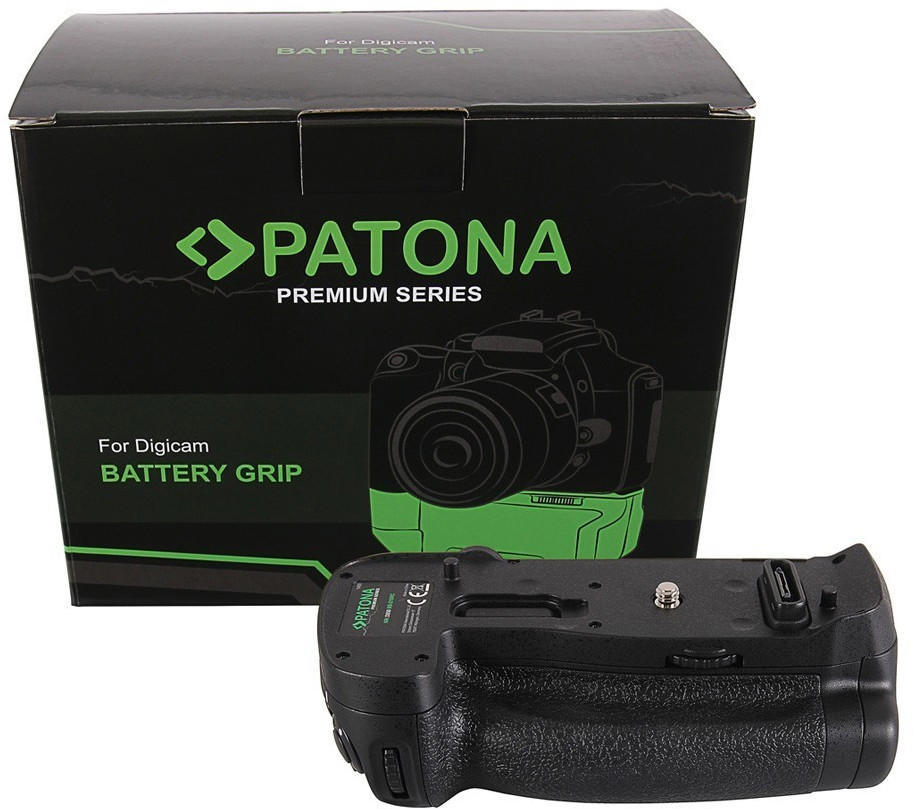
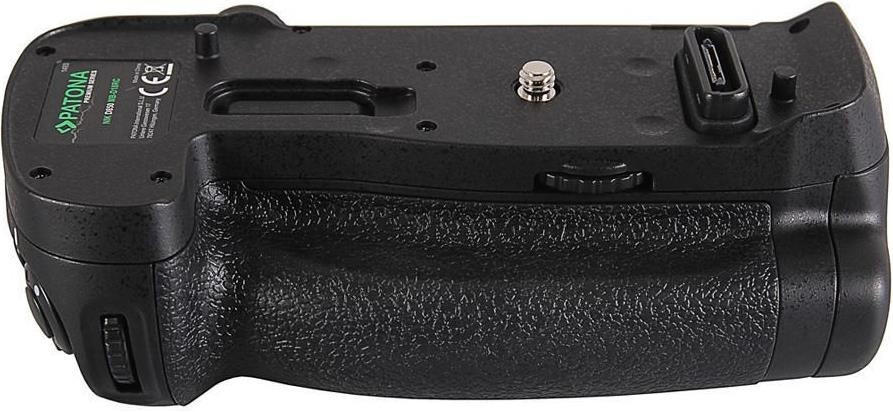
On the other hand, APS-C sensors are smaller than Full Frame sensors, but they can still deliver impressive image quality at a lower price point. They provide a smaller field of view, due to the crop factor, which can be advantageous for wildlife and sports photography. Some popular APS-C DSLRs include the Nikon D7500 and the Canon EOS 90D. These cameras offer a combination of affordability and versatility, making them great options for enthusiasts and amateurs.
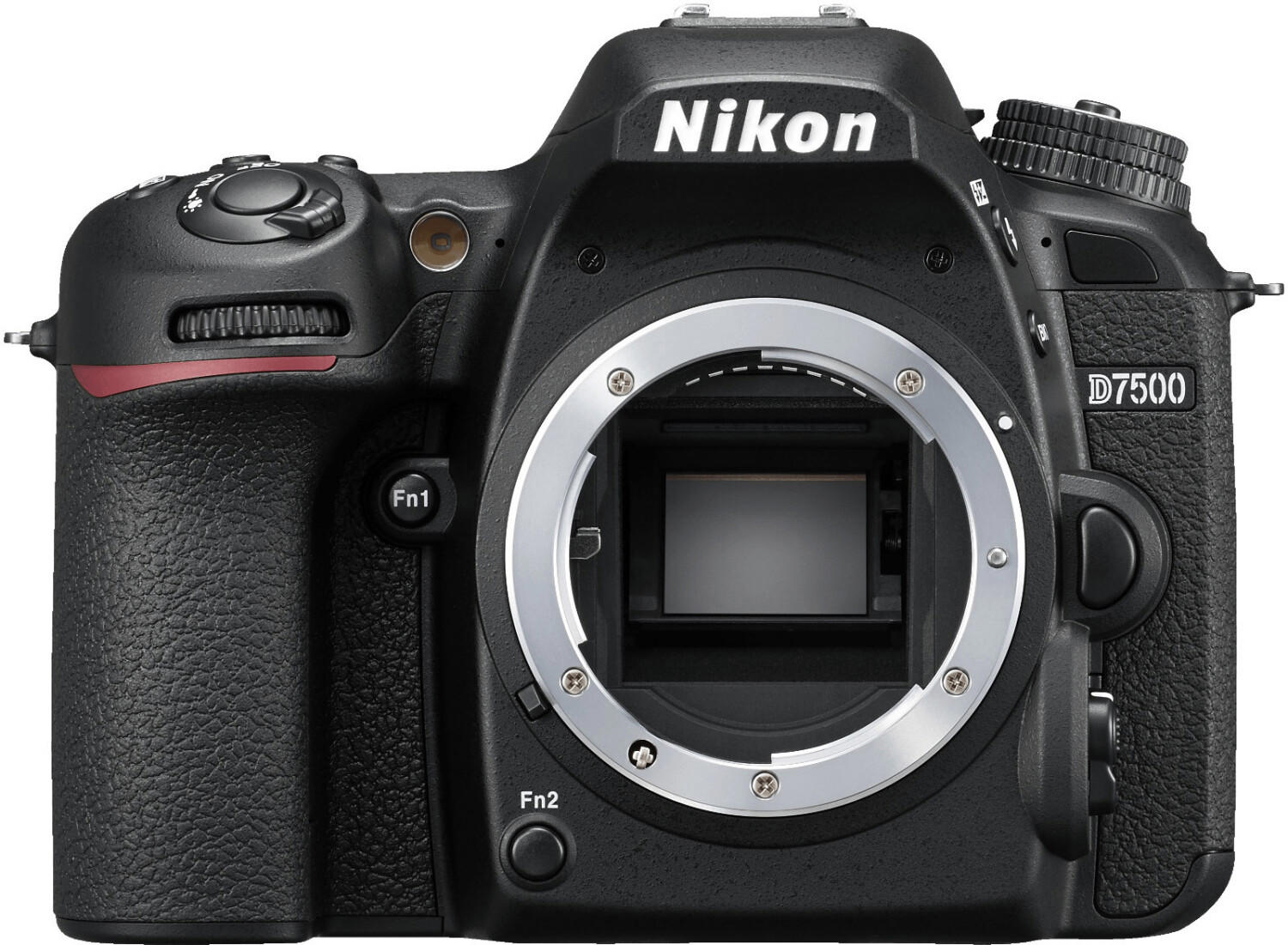
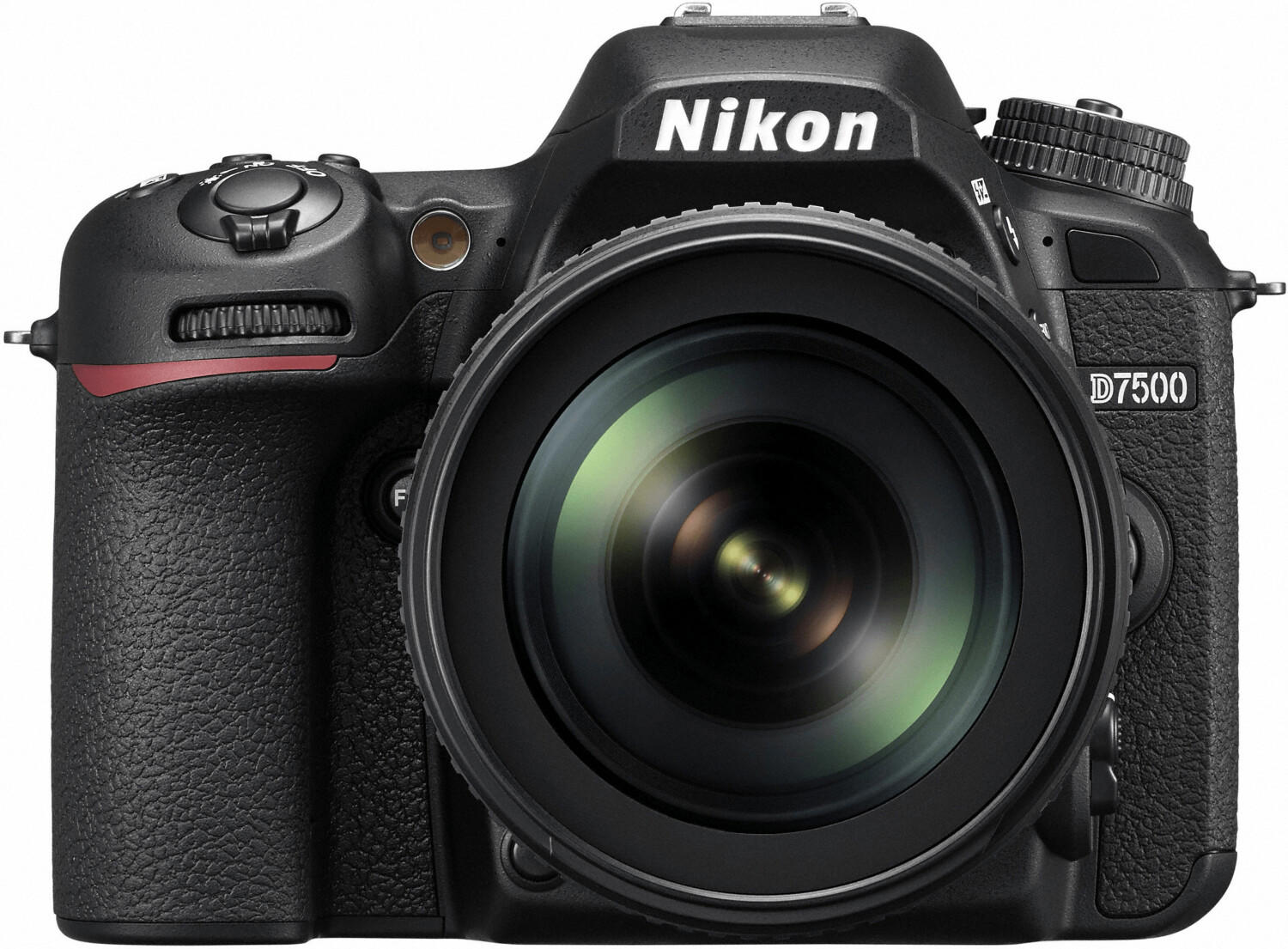
Image Sensor Size
The image sensor is responsible for capturing the light and producing the final image quality. Generally, larger image sensors tend to offer better image quality, especially in low light conditions, by capturing more light and reducing the image noise. There are different image sensor sizes available in DSLRs, including full-frame, APS-C, and micro four-thirds.
For those looking for top-notch image quality, full-frame DSLRs are the way to go. They have the largest image sensor size, which provides excellent low light performance and allows for shallow depth of field effects. Some recommended full-frame DSLRs include the Canon EOS 5D Mark IV and the Nikon D850. If you are on a budget or looking for a more lightweight option, APS-C DSLRs are worth considering. They have a smaller image sensor but still deliver impressive image quality. The Canon EOS Rebel T7i and the Nikon D7500 are popular APS-C options. Alternatively, micro four-thirds DSLRs, such as the Olympus OM-D E-M5 Mark III and the Panasonic Lumix DC-GH5, are known for their compact size and portability, while still providing decent image quality. Remember, when looking for the best and right DSLRs, the image sensor size plays a crucial role in achieving exceptional image results.



Megapixels
Megapixels are directly linked to the resolution of the images captured, providing more detail and sharper images. For those considering entry-level DSLRs, options like the Canon EOS Rebel T7i and the Nikon D3500 both offer 24.2 megapixels, producing high-resolution photos suitable for everyday use or amateur photography. Moving to the mid-range segment, the Sony A6400 and the Canon EOS 90D both boast impressive 32.5 megapixels, ideal for professionals who require highly detailed and rich images in their work. For those seeking the top-tier models, the Nikon D850 and the Sony A7R IV stand out with an incredible 45.7 and 61.0 megapixels respectively, setting a new standard in resolution and image quality in the DSLR market.
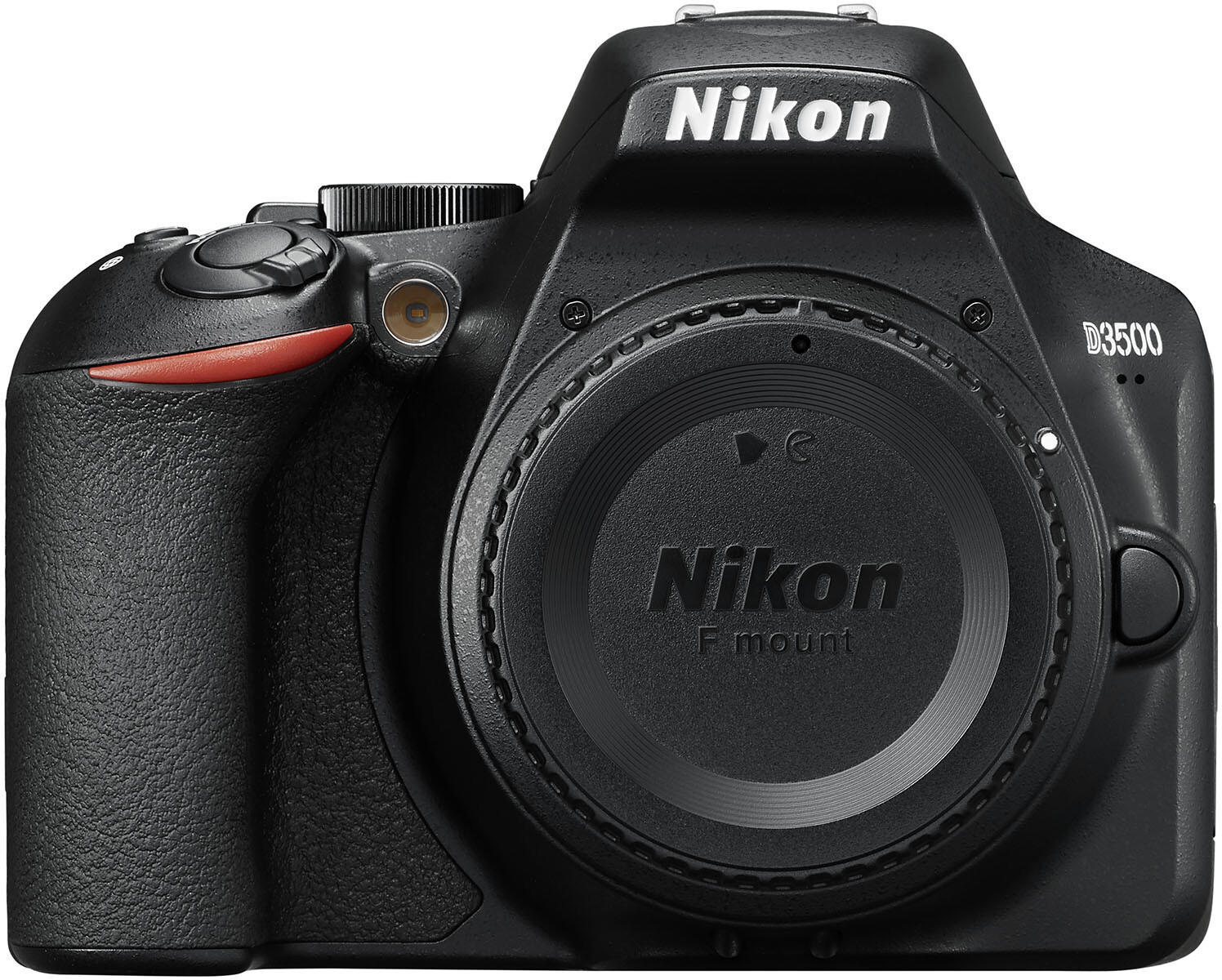

ISO Range
The ISO range of a DSLR camera helps determine its ability to handle low light conditions and maintain image quality. The ISO range refers to the camera's sensitivity to light, with a wider range allowing for better performance in dark environments. For those looking for a versatile DSLR with a wide ISO range suitable for various situations, cameras like the Canon EOS 5D Mark IV and Nikon D850 are excellent choices. These cameras offer a native ISO range of 100-32000 and expandable ISO of up to 102400, enabling photographers to capture detailed images in challenging lighting conditions. Another option for those on a tighter budget would be the Sony Alpha A6000, which offers a wide ISO range of 100-25600. This camera provides excellent low-light performance for its price range, making it a great choice for beginners or hobbyists interested in photography in various lighting scenarios.



Focus Points
Focus points are small areas within the camera's viewfinder that determine where the camera will focus. The more focus points a DSLR has, the more versatility it offers, allowing for greater control over composition and subject tracking. Higher-end DSLRs typically have a large number of focus points, such as the Nikon D850, which boasts 153 focus points including 99 cross-type sensors for enhanced accuracy and speed. This professional-grade camera is ideal for capturing subjects in dynamic, fast-paced situations with precision. On the other hand, entry-level DSLRs like the Canon EOS Rebel T7 offer fewer focus points but still provide sufficient options for basic photography needs.
However, if you require an even larger number of focus points, there are options available in the market specifically designed for sports and wildlife photography. Cameras such as the Canon EOS-1D X Mark III and the Sony Alpha a9 II boast impressive AF systems with a high number of focus points, making them suitable for capturing fast-moving subjects. These cameras offer a staggering 191 focus points in addition to advanced features like animal eye-tracking and real-time tracking. These features ensure that your subject is always sharply in focus, even in challenging shooting conditions.
Burst Rate
Burst rate refers to the number of continuous shots a camera can capture per second. A higher burst rate is beneficial for capturing action shots, sports events, or any fast-moving subjects.
For entry-level DSLRs, the Canon EOS Rebel T8i offers a burst rate of up to 7 frames per second (fps), providing the capability to capture fast-paced moments effectively. In the mid-range segment, the Nikon D7500 stands out with a burst rate of 8 fps, making it well-suited for capturing action scenarios in stunning detail. On the professional side, the Canon EOS 7D Mark II boasts an impressive burst rate of up to 10 fps, perfect for high-speed photography and demanding situations.

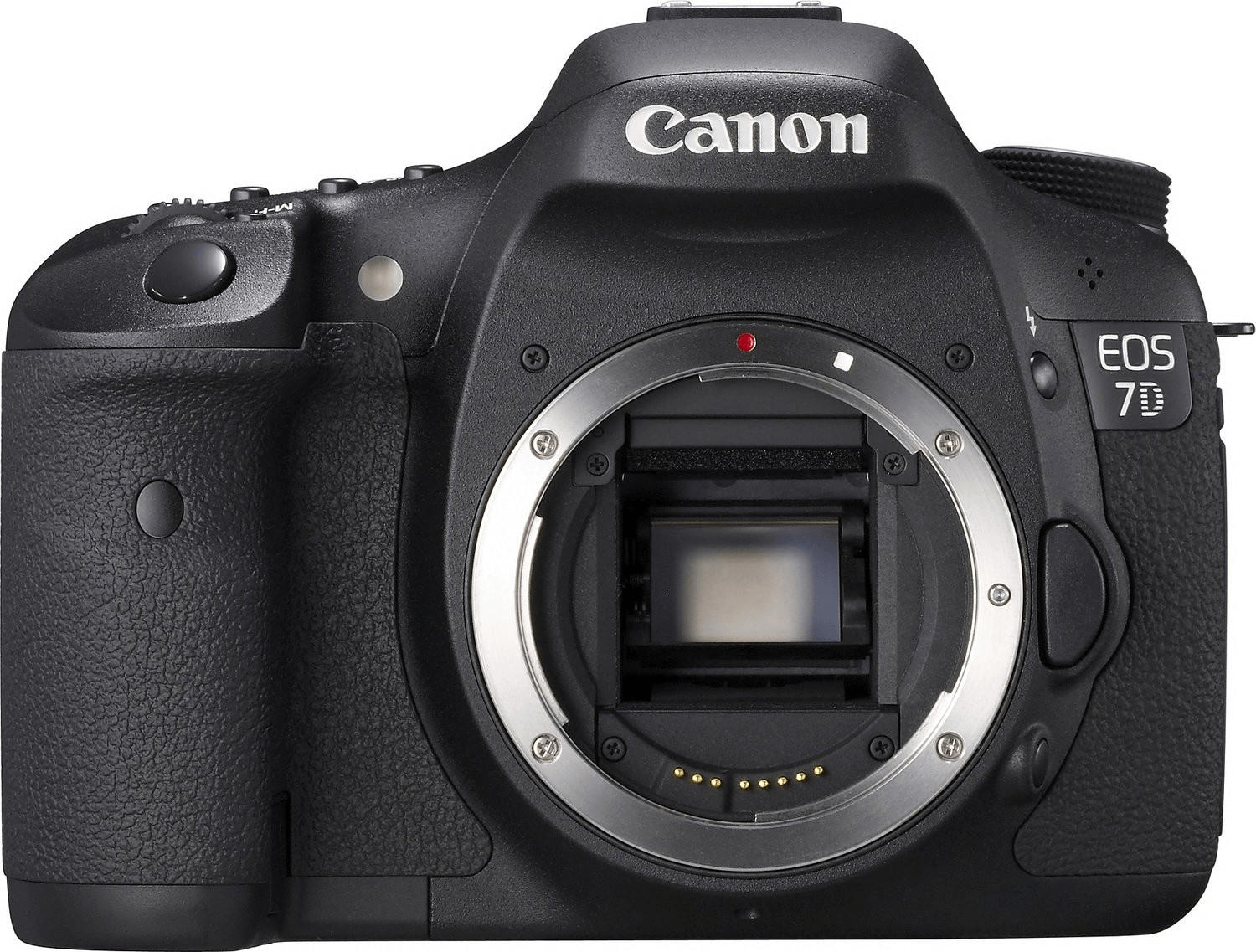
Maximum Shutter Speed
The maximum shutter speed refers to the fastest exposure time the camera can achieve, allowing you to freeze fast-moving subjects or capture action shots with clarity. For sports photography or wildlife photography where subjects are constantly in motion, a higher maximum shutter speed is recommended to ensure sharp images.
There are several options available on the market that offer impressive maximum shutter speeds. In the entry-level segment, the Canon EOS Rebel T7i is a popular choice with a maximum shutter speed of 1/4000th of a second. Stepping up, the Nikon D7500 in the mid-range segment offers a maximum shutter speed of 1/8000th of a second, allowing for even faster capture of moving subjects. For professionals or enthusiasts, the top-end Canon EOS-1D X Mark III boasts a blazing maximum shutter speed of 1/8000th of a second, ensuring superior performance in capturing fast-paced action. Remember, the higher the maximum shutter speed, the better the camera will handle motion and rapid events.

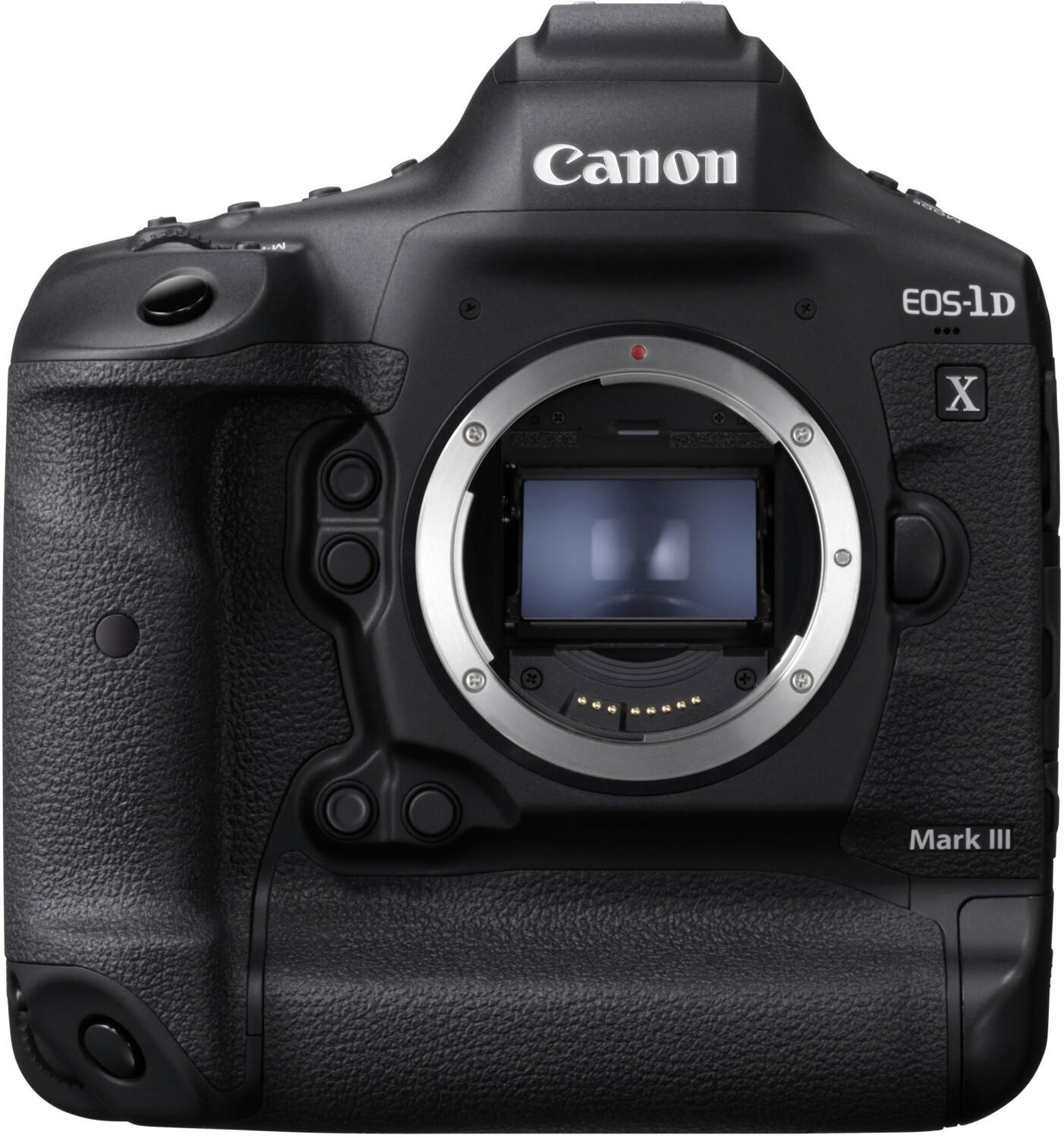
Video Resolution
Video resolution refers to the number of pixels that comprise an image on the screen. Generally, the higher the resolution, the better the video quality. Some popular options on the market today include the Canon EOS 90D, which offers a 4K (Ultra HD) video resolution, producing stunningly detailed footage for professional videography. Another excellent choice is the Nikon D7500, which provides 4K UHD resolution and utilizes the DX-format CMOS sensor. For a more budget-friendly option, the Sony Alpha a6100 offers high-quality video with a maximum resolution of 4K while still remaining accessible to newcomers in the DSLR realm. Remember, increased video resolution can have an impact on the file size and processing power required, so keep that in mind when choosing the right DSLR for your needs.


Autofocus System
A good AF system can make a significant difference in the sharpness and accuracy of your images. Some top-of-the-line DSLRs feature advanced AF systems that offer fast and precise focusing. For instance, the Canon EOS-1DX Mark III boasts a Dual Pixel CMOS AF system with 191-AF points and excellent tracking capabilities. It also includes Eye-Detection AF technology, allowing for enhanced focus on subjects' eyes. Another great option is the Nikon D780, which utilizes a 51-point Multi-CAM 3500 II AF system with 15 cross-type sensors for accurate focus. Its Advanced Scene Recognition System analyzes the scene to detect and track subjects, ensuring sharp images even in challenging lighting conditions. Overall, a DSLR with a sophisticated AF system like these models will help you capture stunning photos with ease.
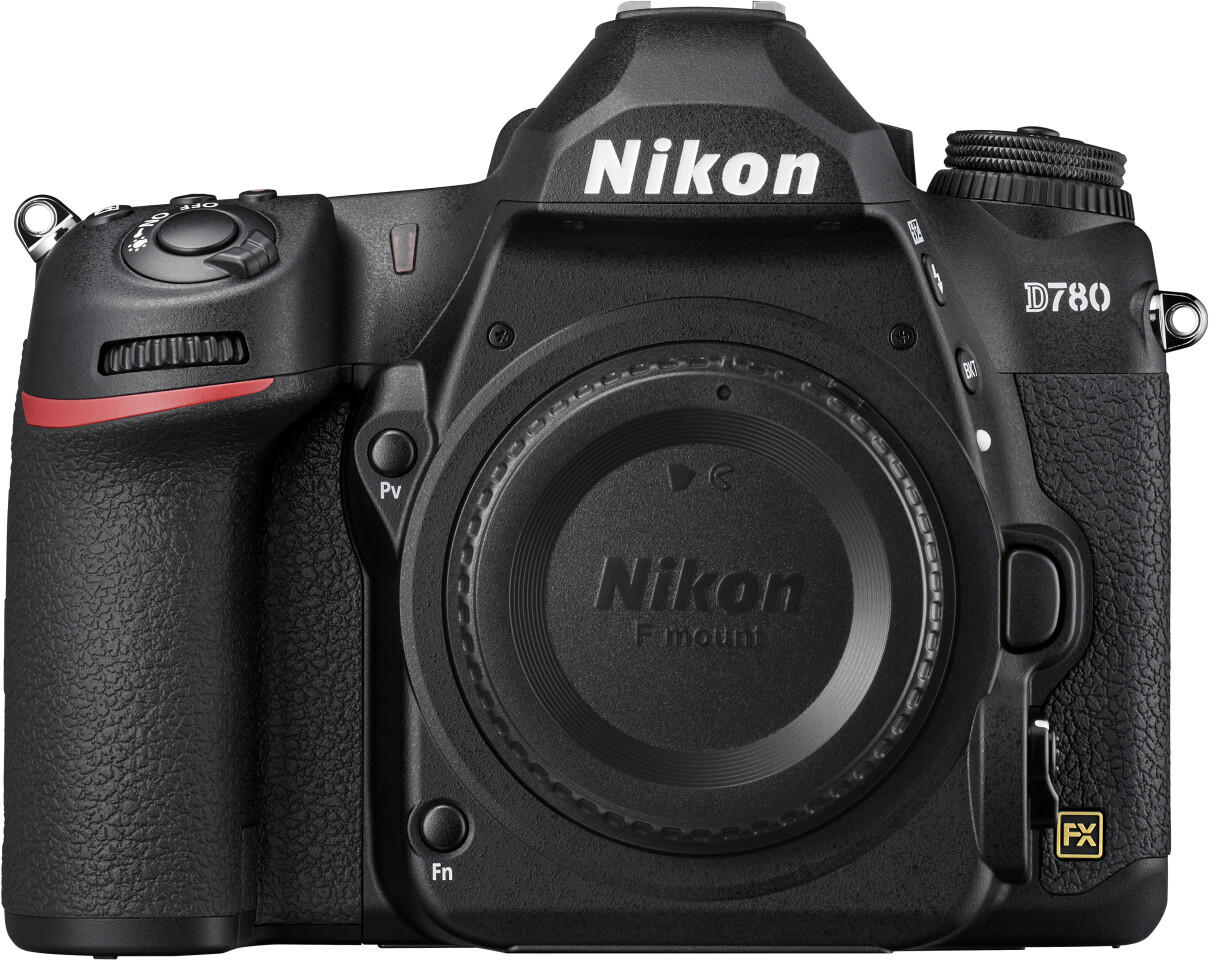
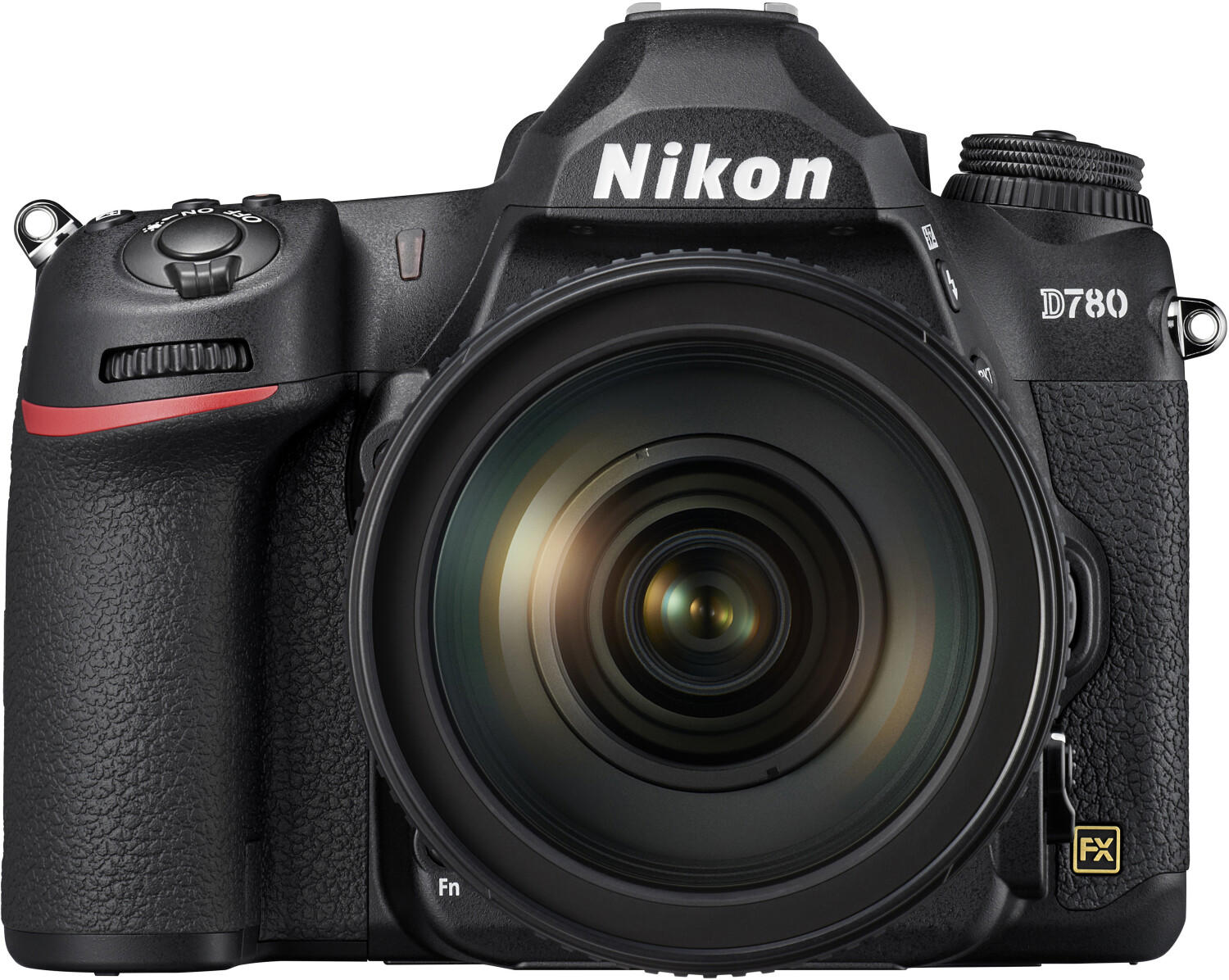
Viewfinder Type
There are two main types to choose from: optical viewfinders (OVF) and electronic viewfinders (EVF). An OVF uses mirrors and prisms to provide a direct image of what the lens sees, giving you an accurate preview of your shot. On the other hand, an EVF uses a digital screen to display a real-time feed from the camera's sensor, with additional information like exposure settings and histograms.
When it comes to cameras with an OVF, the Canon EOS 5D Mark IV is a fantastic choice. It features a large full-frame OVF, allowing for a bright and clear view, even in low-light situations. For those interested in a mirrorless camera with an EVF, the Sony Alpha a7 III is highly recommended. Its high-resolution EVF provides a detailed and vibrant live view, with the added benefit of real-time exposure and settings feedback. Ultimately, choosing between an OVF and an EVF will depend on your personal shooting preferences and the features that matter most to you.


LCD Screen Size
The LCD screen is where you'll be reviewing your photos and navigating the camera's menu. A larger LCD screen allows for easier viewing and greater precision when editing images. For beginners or those on a budget, cameras with smaller screens like the Nikon D3500 or Canon EOS Rebel SL3 are great options. Both feature compact 3-inch LCD screens which are still sufficiently clear for image analysis. For more advanced photographers or videographers, cameras like the Sony Alpha a7 III or Nikon D850 offer larger screens up to 3.2 inches, enhancing the overall viewing experience and helping to fine-tune intricate details in images or videos. Keep in mind, however, that a larger LCD screen may result in increased weight and size of the camera itself.



Articulating Screen
An articulating screen can tilt and swivel, allowing photographers to shoot from low angles or even take selfies with ease. One excellent option to consider is the Nikon D780, which features a 3.2" 2.36m-dot tilting touchscreen LCD. This articulating screen provides a great level of convenience and versatility for composing shots. Another noteworthy choice is the Canon EOS 90D, which sports a 3.0" vari-angle touchscreen LCD. This articulating touch screen allows photographers to shoot from various angles and offers quick and intuitive control over camera settings. Overall, the presence of an articulating screen enhances the shooting experience by providing options for angles and compositions that might be otherwise challenging to achieve.


Built-in Flash
When looking to purchase a DSLR, one crucial factor to consider is the built-in flash capabilities. A built-in flash can be extremely useful for low-light photography or as a fill light in certain situations. Some cameras come with a pop-up flash that can be adjusted to different angles, providing more flexibility in lighting your subjects. For instance, the Sony a6400 boasts an impressive built-in flash that can be tilted up to 180 degrees, allowing for bounce flash photography to create softer and more natural lighting. Another great option is the Canon EOS 90D, which offers a built-in flash with a guide number of 12, providing ample illumination for a variety of shooting conditions. These cameras, along with the Nikon D7500 and Canon EOS 6D Mark II, are examples of DSLRs with outstanding built-in flash capabilities, making them ideal choices for photographers who require reliable and versatile lighting options.

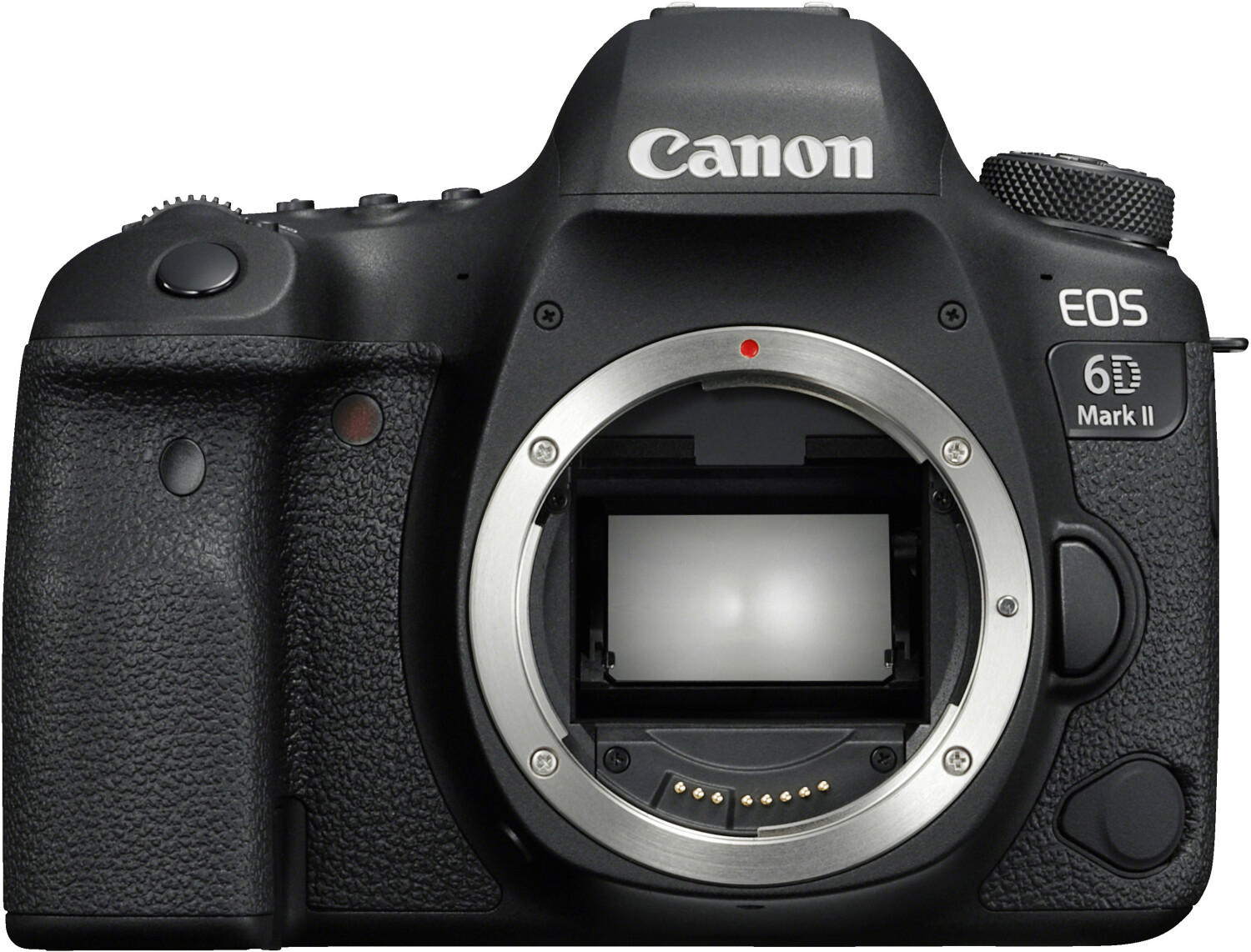
External Flash Compatibility
By choosing a camera that is compatible with external flash units, photographers can significantly enhance their ability to capture professional-quality images in low-light situations. Many DSLRs offer a built-in hot shoe mount, allowing users to easily attach and use external flash units. For instance, the Nikon D850 is a highly recommended option for its compatibility with the Nikon SB-5000 external flash unit. The Canon EOS 5D Mark IV, on the other hand, supports Canon's EX-series external flash units, such as the Canon Speedlite 600EX II-RT. Additionally, some DSLR cameras also offer wireless flash control capabilities, like the Sony α7 III, which is compatible with Sony's HVL-F60RM wireless speedlight.
Here are some DSLR cameras grouped by their external flash compatibility options:
Nikon DSLRs: The Nikon D850, Nikon D750, and Nikon D500 all support the Nikon Creative Lighting System (CLS), which offers wireless flash control with compatible
Nikon Speedlights.Canon DSLRs: The Canon EOS 5D Mark IV, Canon EOS 6D Mark II, and Canon EOS 80D are compatible with Canon's EX-series external flash units, including the popular Canon Speedlite 430EX III-RT.
Sony DSLRs: Sony's DSLRs, such as the Sony α7 III,
Sony α7 II, and Sony α6600, feature a Multi Interface Shoe (MI Shoe) that supports Sony's range of external flash units, including the powerfulHVL-F60RM.

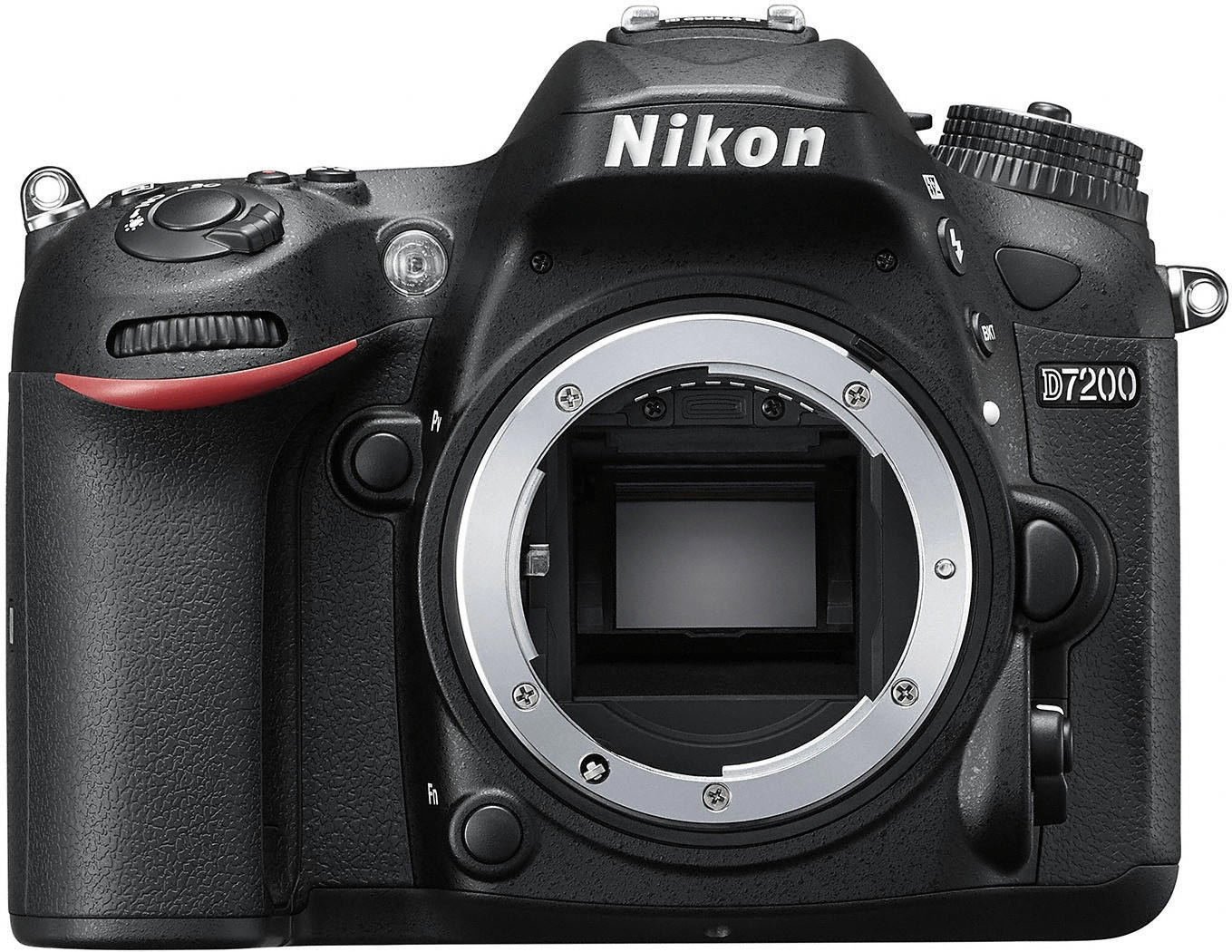

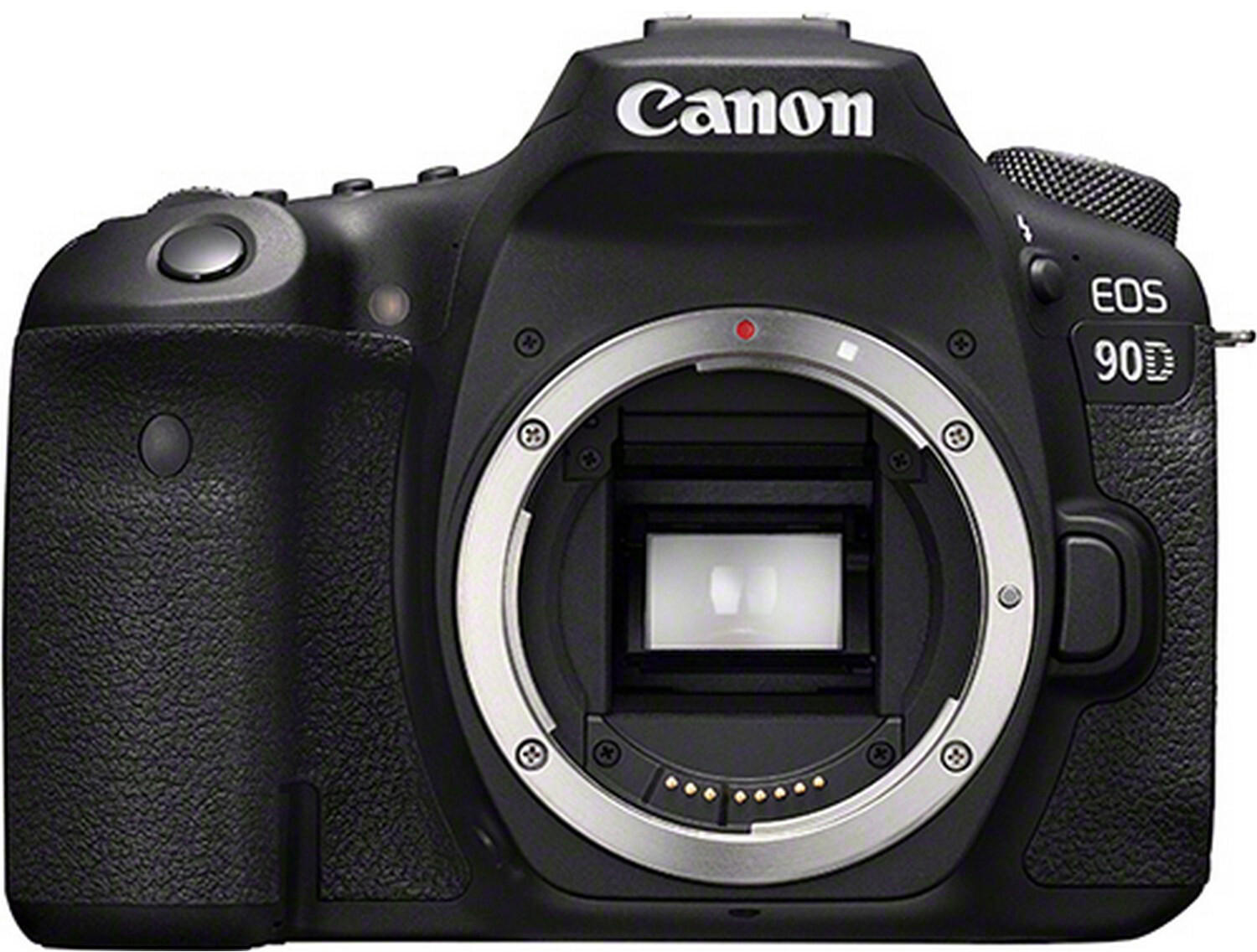

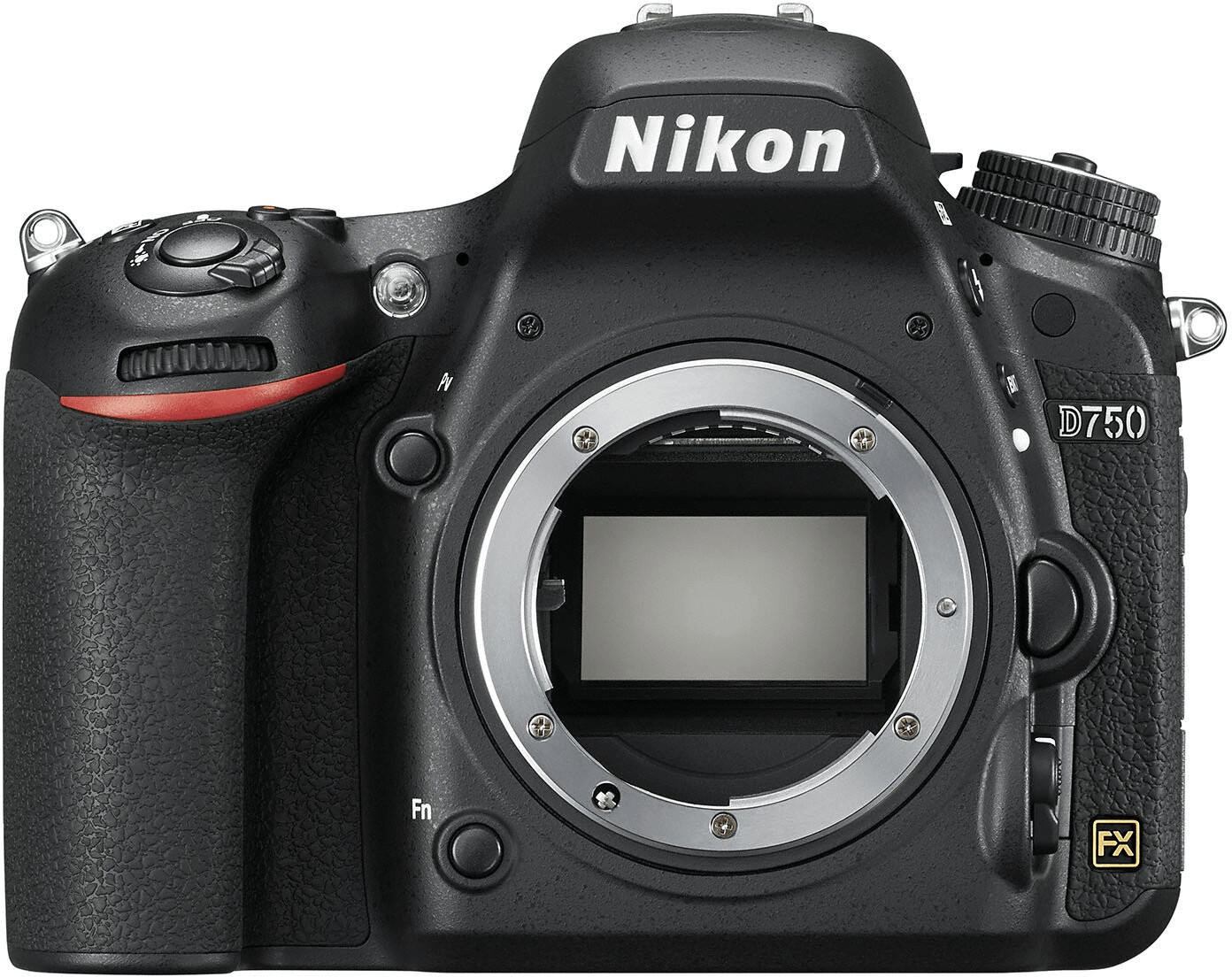


With a camera that offers great external flash compatibility, photographers can enhance their lighting capabilities and capture stunning photographs in any lighting condition.
Time-Lapse Recording
This feature becomes particularly relevant if you are interested in capturing scenic landscapes, cityscapes, or even the blooming of flowers. The Canon EOS 5D Mark IV is a popular choice for its impressive time-lapse capabilities, including a built-in interval timer with the ability to set intervals as short as 1 second and up to 99 hours, 59 minutes, and 59 seconds. The Nikon D850 is another excellent option, offering a built-in interval timer that allows you to create time-lapse sequences without the need for additional accessories. With these cameras, you can easily unleash your creativity in creating beautiful time-lapse recordings.
Wi-Fi Connectivity
Wi-Fi capability allows you to easily transfer photos and videos from your camera to other devices such as your smartphone or computer, without the need for cables or memory cards. This feature is especially useful for instant sharing on social media or for remote shooting. Many DSLRs on the market now offer Wi-Fi connectivity, but some notable options are the Nikon D850 and the Canon EOS 6D Mark II. These cameras support fast Wi-Fi transmission speeds, allowing you to quickly transfer high-resolution images. Additionally, the Sony a7 III and the Fujifilm X-T4 also offer Wi-Fi connectivity with advanced features like wireless remote control and remote shooting.



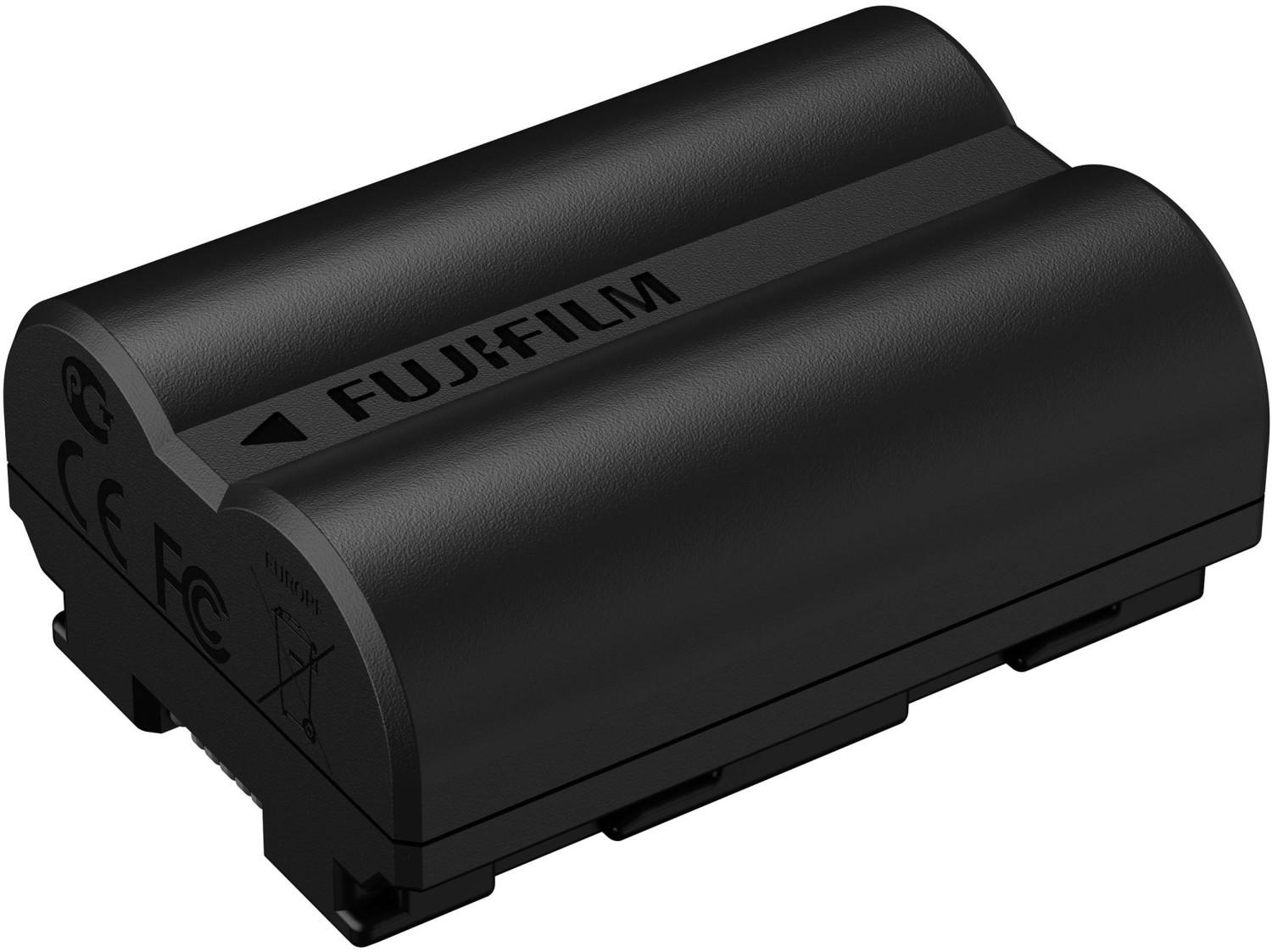
GPS
GPS allows you to geotag your photos, giving them location information. This feature can be extremely useful for travel photography or for tracking your shooting locations. Nikon's flagship DSLR, the Nikon D850, offers a built-in GPS module that accurately records latitude, longitude, and altitude in your image metadata. Another great option is the Canon EOS 6D Mark II, which also features integrated GPS. These cameras enable you to review your images on a map, making it easy to remember the exact places where you captured your shots. With its advanced GPS feature and excellent image quality, the Sony Alpha A7R IV is another highly recommended option for photographers who want precise geotagging capabilities.


Battery Life
This is a crucial aspect, especially for photographers who frequently shoot in remote locations or for prolonged periods without access to charging facilities. A longer battery life ensures uninterrupted shooting and a higher number of shots taken per charge. Among the top DSLR cameras in terms of long battery life are the Nikon D850 and the Canon EOS 7D Mark II. With the Nikon D850, for instance, users can capture approximately 1,840 shots per charge, thanks to its EN-EL15a rechargeable Li-ion battery, while the Canon EOS 7D Mark II offers up to 670 shots per charge using its LP-E6N rechargeable battery pack. Both cameras have battery level indicators and offer the ability to supplement the battery life with an available battery grip for extended shooting sessions.




Memory Card Compatibility
Different DSLRs support different types of memory cards, and it’s crucial to select a camera that is compatible with your preferred memory card format. Popular memory card formats include SD, SDHC, SDXC, and CompactFlash (CF).
When it comes to memory card compatibility, the Canon EOS 5D Mark IV is a top choice. It supports both SD and CompactFlash, providing flexibility for users who may have a collection of CF cards or prefer the convenience of SD cards. The Nikon D850, on the other hand, features two memory card slots that support both XQD and SD cards, allowing users to have options for storing their captured images and videos. These cameras are ideal for professional photographers and provide them with expanded storage options for their high-resolution files.
Image Stabilization
Image stabilization helps reduce blur caused by camera shake, ensuring sharp and clear images. There are two main types of image stabilization: optical and in-body.
Optical image stabilization (OIS) is built into the lens and adjusts to compensate for any camera movement. One impressive DSLR that offers excellent Optical Image Stabilization is the Nikon D850. The D850 features a 45.7-megapixel sensor and supports Nikon's Vibration Reduction (VR) technology, which helps counteract camera shake to capture shake-free images even in low-light situations.
On the other hand, in-body image stabilization (IBIS) is built directly into the camera body, and any lens attached to it will benefit from the stabilization. Canon's EOS R5 is a remarkable DSLR that incorporates in-body image stabilization. The EOS R5 boasts impressive IBIS with up to 8 stops of compensation, allowing for incredibly stable shots even with non-stabilized lenses.
It's worth noting that some DSLRs offer a combination of both optical and in-body image stabilization, such as the Sony Alpha A7 III. With a 24.2-megapixel sensor, the A7 III features Sony's 5-axis SteadyShot Inside IBIS technology, which harmonizes with lens-based stabilization to provide enhanced image stabilization capabilities. An excellent feature for photographers who utilize a wide range of lenses.


Considering a DSLR with reliable image stabilization like the Nikon D850, Canon EOS R5, or Sony Alpha A7 III will undoubtedly help you capture clear and sharp images, even in challenging shooting conditions.
Dust and Weather Resistance
This feature ensures that your camera can withstand challenging environments, such as dusty or rainy conditions, without compromising its functionality. One example of a DSLR that offers excellent dust and weather resistance is the Nikon D850. This camera boasts a robust construction with weather-sealed magnesium alloy body, which protects it from dust and moisture. Additionally, it features a dust reduction system that minimizes the presence of dust particles on the sensor, leading to cleaner images and reducing the need for frequent sensor cleaning. Another great option is the Canon EOS 7D Mark II, which features a robust dust and weather-sealed magnesium alloy body along with an integrated dual-pixel CMOS AF system for fast and precise focusing, even in harsh weather conditions.




High Dynamic Range (HDR)
HDR allows you to capture a wide range of light intensity in a single shot, resulting in beautiful and balanced photos with enhanced details. One notable DSLR with excellent HDR capabilities is the Nikon D850. It features a 45.7-megapixel sensor and a wide ISO range, allowing for exceptional dynamic range and low-light performance. Another popular option is the Sony Alpha A7R IV, which boasts a back-illuminated Exmor R CMOS sensor with 61.0 effective megapixels. This high-resolution camera produces stunning HDR images with exceptional clarity and detail. For beginners, a more affordable choice with good HDR capabilities is the Canon EOS Rebel T7i. It offers a 24.2-megapixel APS-C sensor and an extended ISO range, making it a reliable option for capturing high-quality, balanced photos.

Noise Reduction
Noise in photography refers to the grains or speckles that can appear in images, especially in low-light conditions or at higher ISO settings. A DSLR with effective noise reduction algorithms can greatly minimize this noise, resulting in cleaner and sharper images.
There are various DSLR models available in the market that excel in noise reduction. In the entry-level segment, the Nikon D3500 stands out with its impressive performance even at high ISOs, thanks to its image processing engine that effectively reduces noise. Moving up to the mid-range segment, the Canon EOS 90D offers excellent noise reduction capability combined with its powerful DIGIC 8 image processor. For professional photographers, the Nikon D850 is a top choice with its remarkable back-side illuminated (BSI) full-frame sensor, which produces noise-free images even in challenging shooting conditions. These are just a few examples of DSLRs that offer outstanding noise reduction, ensuring your photos are clear and free from unwanted graininess.


Available Lens Options
A wide range of interchangeable lenses allows you to capture different types of shots and achieve various effects. Many DSLR cameras are compatible with lenses that are part of an established lens system, providing a wide selection of options. For example, the Canon EOS 5D Mark IV supports a vast array of Canon EF lenses, allowing you to choose from high-quality zoom lenses like the Canon EF 24-70mm f/2.8L II USM for versatile shooting, portrait lenses like the Canon EF 85mm f/1.8 USM for beautiful bokeh, or telephoto lenses like the Canon EF 70-300mm f/4-5.6 IS II USM for capturing faraway subjects with image stabilization. Other DSLR brands also have their own lens lineups, such as the Nikon D850 with its compatibility with Nikon F-mount lenses and the Sony Alpha a7 III featuring lenses from the Sony E-mount system.



Size and Weight
A compact DSLR camera is more portable, making it ideal for travelers or those who are always on the go. One great option to consider is the Canon EOS Rebel SL3, weighing only 15.8 ounces. Despite its small size, it still packs in impressive features like a 24.1-megapixel sensor and a vari-angle touchscreen.
On the other hand, some photographers prefer a heavier DSLR as it provides a more stable grip and a sense of durability. For those looking for a robust camera, the Nikon D850 might be a perfect choice, with a weight of 35.5 ounces. This professional-grade DSLR boasts a 45.7-megapixel sensor, 7fps continuous shooting, and weather-sealed construction.


In terms of market segments, DSLR cameras can be grouped into entry-level, mid-range, and professional models. Examples of lightweight entry-level DSLRs include the Nikon D3500 (12.9 ounces) and the Canon EOS Rebel T8i (18.2 ounces). For mid-range options, the Nikon D7500 (25.4 ounces) and the Canon EOS 90D (24.7 ounces) offer a good balance between size, weight, and advanced features. Finally, for professionals who may prioritize robustness, the Canon EOS-1D X Mark III (50.8 ounces) and the Nikon D6 (49.3 ounces) provide high performance and durability.



Customization Options
These options allow photographers to personalize their shooting experience and tailor the camera settings to their specific needs. One example of a camera that offers extensive customization options is the Nikon D850. With this camera, users can customize the function buttons, assign specific settings to the control dials, and create custom shooting and image parameters. Additionally, the Canon EOS 5D Mark IV is another excellent choice, offering custom settings for the buttons, multiple Custom shooting modes, and a customizable Quick Control screen. For those interested in a more advanced and professional option, the Sony Alpha A7R IV provides a multitude of customizable settings, such as custom buttons, menus, and even a My Menu feature for quick access to frequently used functions.
Wireless File Transfer
This enables you to effortlessly transfer your photos and videos to your computer or smartphone without the hassle of dealing with cables. Some DSLRs come equipped with built-in Wi-Fi, such as the Canon EOS 6D Mark II and the Nikon D850. These cameras allow you to connect them to your wireless network, making it easy to share your images and videos directly from the camera. Another option is the Sony Alpha A7 III, which supports both Wi-Fi and NFC (Near Field Communication) for quick and seamless file transfer. Additionally, there are also devices like the Eye-Fi Mobi Pro memory card, which adds wireless functionality to any DSLR by simply inserting the card into the camera's memory card slot.


Live View
Live View allows you to preview and compose your shot through the camera's LCD screen instead of the viewfinder. This can be especially helpful for photographers who prefer shooting from various angles or using the camera on a tripod. Some DSLRs offer an articulating LCD screen, such as the Canon EOS Rebel T7i and the Nikon D5600, which can be tilted or swiveled for more flexible composition options. Another key factor related to Live View is autofocus during video recording. Products like the Sony Alpha a6400 and the Panasonic Lumix GH5 excel in this area, offering fast and accurate autofocus even while recording high-quality videos. Overall, the Live View capabilities of a DSLR should match your specific shooting preferences and needs.


Manual Controls and Modes
Manual controls allow photographers to have more creative control over their images by adjusting settings like aperture, shutter speed, and ISO. Additionally, having a range of modes (such as aperture priority, shutter priority, and manual mode) provides flexibility for different shooting environments and styles.
In the mid-range segment, a great option to consider is the Nikon D7500. This camera features a comprehensive array of manual controls and modes, including full manual, aperture priority, shutter priority, and various customizable user modes. With a 20.9-megapixel sensor, 51-point autofocus system, and an ISO range of 100-51,200 (expandable to 50-1,640,000), the Nikon D7500 delivers excellent image quality and versatility for enthusiasts and semi-professionals alike.


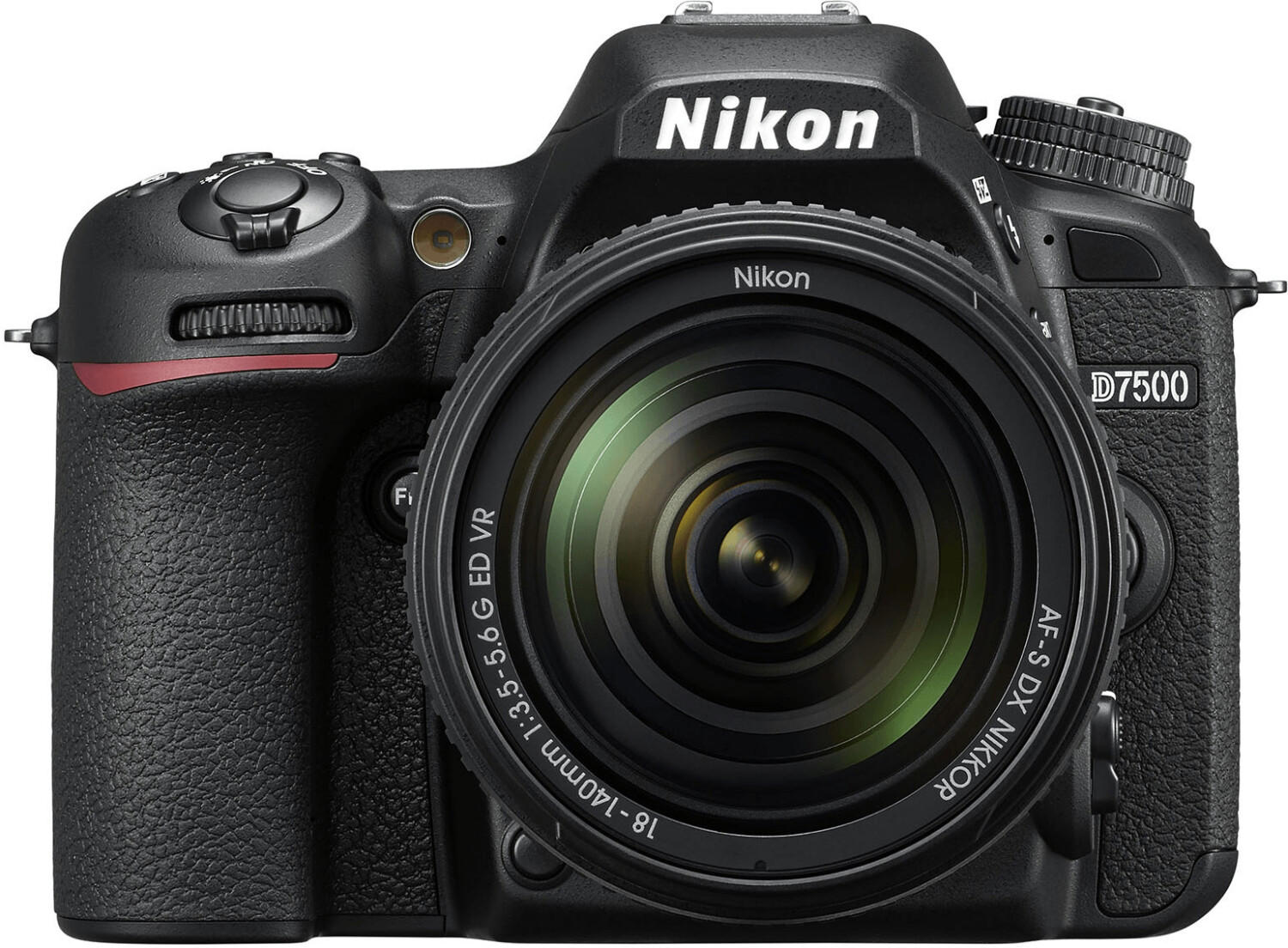
For those looking for a more budget-friendly option, the Canon EOS Rebel T7i is a worthy contender. This entry-level DSLR offers a variety of manual controls and modes, enabling users to experiment and learn various photography techniques. With its 24.2-megapixel sensor, 45-point autofocus system, and an ISO range of 100-25,600 (expandable to 51,200), the Canon EOS Rebel T7i delivers solid performance and image quality for beginners and hobbyists.
Image Quality
This refers to the resolution and clarity of the photos taken by the camera. A higher resolution typically means more detail in the images, allowing for larger prints or better cropping capabilities. For professional photographers or those who want the best image quality, full-frame DSLRs are a great choice. They have larger image sensors, like the Canon EOS 5D Mark IV with a 30.4-megapixel sensor, or the Nikon D850 with a whopping 45.7-megapixel sensor, which produce exceptional image quality with rich colors and wide dynamic range.
For those on a budget or who are new to DSLRs, there are also excellent crop-sensor DSLRs available. These cameras have smaller image sensors and are more affordable. The Nikon D5600 comes with a 24.2-megapixel sensor, resulting in impressive image quality with accurate colors and low noise performance. The Canon EOS Rebel T8i is another option, featuring a 24.1-megapixel sensor for detailed and sharp images. Both cameras offer exceptional image quality for enthusiasts and beginner photographers without breaking the bank.



Video Capabilities
One important aspect is the camera's resolution, which affects video quality. For example, the Canon EOS R5 offers stunning 8K video resolution at 30 frames per second, providing incredibly detailed footage. On the other hand, if you are looking for a DSLR that excels in slow-motion recording, the Sony A7S III offers impressive 4K video at up to 120 frames per second.
Another crucial factor is the camera's autofocus system, which ensures that your subjects remain sharp and in focus throughout the video. DSLRs such as the Nikon D850 boast advanced autofocus systems with a large number of focus points and accurate subject tracking to ensure smooth and professional-looking footage.


In terms of DSLR video capabilities, it's worth noting that some cameras offer additional features for videographers. For instance, the Panasonic Lumix GH5 provides in-body image stabilization, allowing for handheld shooting without excessive shakiness. It also includes features such as V-Log recording for high dynamic range, slow-motion options, and even anamorphic video support for cinematic widescreen capture. Ultimately, the best DSLR camera for your video needs may vary depending on your specific requirements, but considering factors like resolution, autofocus, and additional features will help you make an informed choice.
Price
Price:
When it comes to choosing a DSLR, the price range can vary greatly depending on your budget and requirements. If you're a beginner or looking for an affordable option, entry-level DSLRs would be perfect for you. The Canon EOS Rebel T7 and the Nikon D3500 are great options in this price range. Both cameras come with an APS-C CMOS sensor, allowing you to capture high-resolution images, and provide excellent image quality. If you're willing to invest a bit more, the mid-range DSLRs like the Sony Alpha a6400 and Canon EOS 90D are worth considering. These models offer more advanced features such as faster autofocus, 4K video recording, and higher burst rates, allowing you to capture action shots with ease.


Variety of brands
Each brand has its own strengths and weaknesses, catering to different needs and preferences of photographers. Canon, for example, is highly regarded for its extensive lens selection and exceptional low-light performance. Their flagship DSLR, the Canon EOS 5D Mark IV, features a full-frame sensor, 30.4 megapixels, and 4K video recording capability. Nikon, on the other hand, is known for its robust build quality and advanced autofocus system. The Nikon D850 is a highly recommended DSLR, boasting a 45.7-megapixel sensor, 4K UHD video, and a high dynamic range.
Some other notable DSLR brands include Sony, which offers excellent autofocus performance and innovative features like in-body image stabilization. The Sony Alpha A7R IV is a mirrorless DSLR that boasts a whopping 61 megapixels and 4K HDR video recording. Fujifilm is known for its retro-inspired designs and exceptional image quality. The Fujifilm X-T4 has a powerful 26.1-megapixel X-Trans IV sensor, advanced autofocus, and 4K video recording. Pentax, while not as widely popular, provides remarkable durability and weather-sealing in their DSLRs. The Pentax K-1 Mark II is a great example, offering a 36.4-megapixel sensor, in-body image stabilization, and weather-resistant functionality.



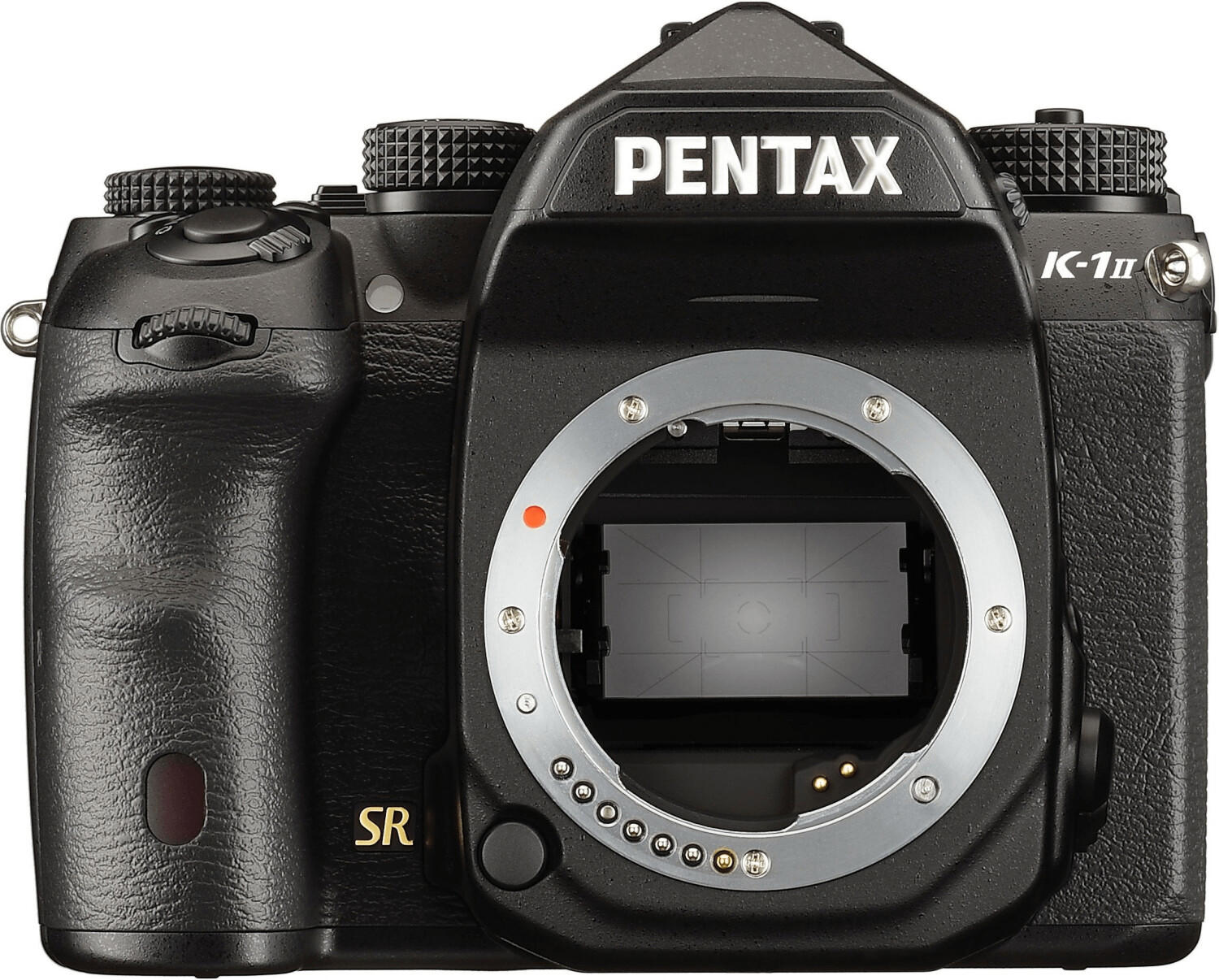
It's important to consider the variety of brands available and their respective strengths and weaknesses when selecting a DSLR, as it can greatly impact your overall photography experience and the type of images you can capture. By understanding the distinct features and specifications of different DSLR brands and models, you can choose the one that suits your individual requirements as a photographer.